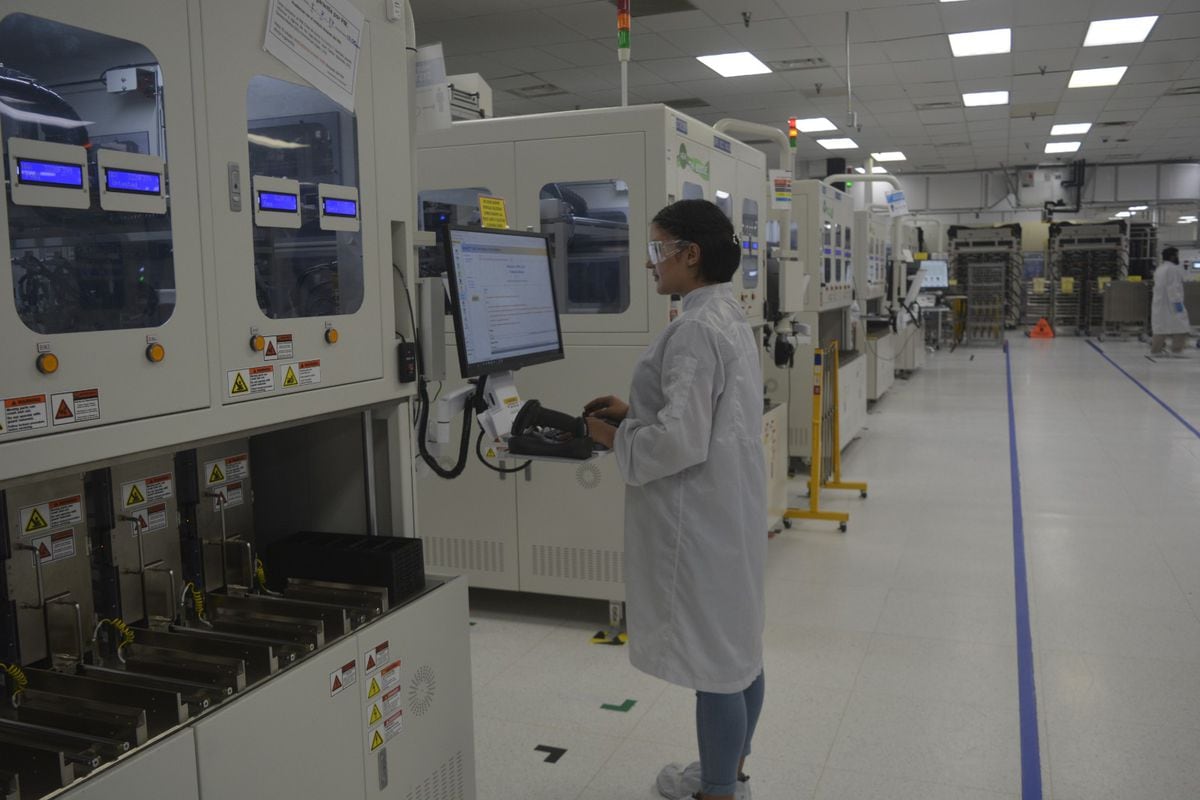Nurtured by Washington, multinationals and universities, the small Central American country is on its way to becoming a hub for integrated circuits
In April 2014, news agencies reported this piece of breaking news from the multinational technology giant Intel: “Chipmaker Intel is closing its assembly and test operation in Costa Rica and eliminating 1,500 jobs (…) It will move its operations from its site in Heredia, where it has been present since 1997, to existing sites in China, Malaysia and Vietnam.” Intel’s operations in the Central American country would subsequently be confined to global services and research and development. But 10 years later, the situation has gone into reverse mode, something not even Intel itself could have predicted.
All efforts are now focused on making Costa Rica a semiconductor industry ecosystem that will attract investment and train young people in technology. This may help mitigate the U.S. government’s current concerns over its enormous dependency on Asian countries for the production of integrated circuits that are essential to digital devices and connectivity; a reliance that Washington believes threatens its national security.
As trade wars between the U.S. and China got underway, not to mention the effects of the pandemic on digitalization and global logistics chains, Costa Rica saw Intel’s manufacturing plant reopen in 2021, an initial sign that the wind was about to change. Now, the development of semiconductors on Costa Rican soil is nurtured by promises of investment and ambitions that go beyond Intel.

